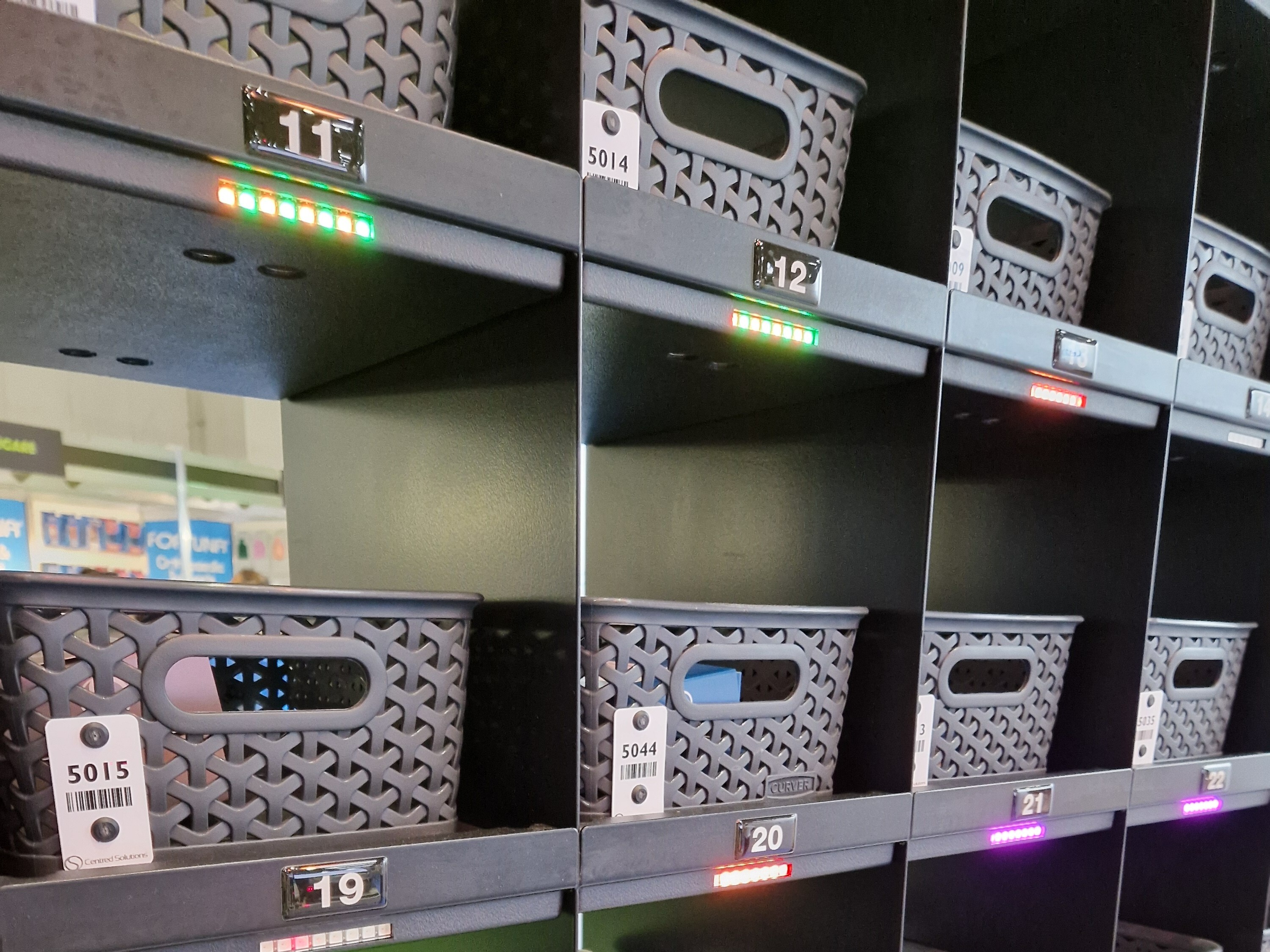The sale of huge swathes of Lloyds and Boots Pharmacy high street stores has dramatically changed the face of community pharmacy. Multiples and independent pharmacies are growing at an unprecedented rate and as the dust starts to settle it’s crucial they look to pharmacy workflow and automation to meet the demand of this significant growth. Sales and Marketing Director, Louise Laban, takes a closer look.
Six months ago we predicted that the decision by Lloyds Pharmacy to close or sell off an unprecedented number of pharmacies presented a real opportunity for smaller pharmacy groups and independents. Unsurprisingly it proved to be an opportunity they have all seized with both hands.
These pharmacies have been able to expand their operations by buying one or more Lloyds branches, increasing their market share with a loyal and established customer base. With many sales now reaching completion, these pharmacy groups are finding themselves busier than ever before. It’s now time for pharmacy to think seriously about how to future-proof the business to meet this increased demand.
Pharmacy Real World Analytics say that in September 2023, 4070 pharmacies were owned by pharmacy groups. That’s an increase of 52% in just 12 months. The growth in independents is even greater, growing by 62.5% in 12 months to 6,680 pharmacies. This growth is also reflected in item volumes, with groups dispensing almost 35m items in a rolling year up to May 2023 and independents dispensing just over 27m.
Pharmacies need to work smarter and faster than ever before to not only meet this increased demand, but also find time to deliver valuable services with the new Pharmacy First scheme just around the corner. The sales by Lloyds and Boots underline the financial pressures being felt in pharmacy with flat-rate funding for the past few years and an expectation to do more for less.
To succeed on the high street in this challenging environment, pharmacies who have grown or expanded need to take a closer look at how they optimise the workflows. This will help maintain or increase dispensing levels whilst at the same time delivering more patient facing services to generate additional income. Diversification is key for pharmacies to thrive rather than just survive in this new world. That means looking at existing workflows to allow staff more time at the counter supporting patients and spending less time tied to the dispensing desk doing logistical and administrative tasks that are crying out for automation. It’s time for pharmacy to get ahead of the game.
I would argue that if you have purchased one or more Lloyds or Boots pharmacies, it is critical that you now start to look at look at a hub and spoke pharmacy model for repeat prescriptions supported by automation. It is this step that will future-proof your pharmacy, allowing you to not only grow and expand now but for many more years to come. Expanding and not considering a hub and spoke model for dispensing could leave pharmacy businesses further exposed in the future as they simply may not be able to meet the increased demand for services.
Keeping medication dispensing in pharmacy branches unchanged means that valuable clinical time is eaten up by lengthy, mundane tasks. For example, our figures show that every day it takes dispensing staff an average of 14 minutes to put away one tote of medication deliveries. That’s the equivalent of one blood pressure check for every tote delivered. With a hub and spoke model, the majority of inventory is managed at the hub meaning less deliveries to store so more time for patient services, more space within store and optimised inventory management which can result in stock savings. This is just one example of the many time-consuming tasks that could be streamlined by a hub and spoke model.
Centralising dispensing for your branches means prescription preparation and checking is done in one location and then medication is delivered to the store bagged, labelled and ready for patients to collect. When automation is added to the process it means you can fulfil prescriptions for multiple branches at speed without significant resource requirements. It also gives you the capacity to scale up quickly as dispensing volumes grow. For the branches, this means more time at the counter with patients delivering NHS and private services that will generate much-needed additional revenue for your business.
We think that an average pharmacy can save up to 4 hours and 27 minutes every day by simply automating their original pack dispensing process. This is based on an average pharmacy dispensing 248 items every day and with the time taken to dispense each item 126 seconds. On average 70% of prescriptions are original packs and 70% of those items can be processed centrally by a hub or wholesaler. We’ve developed a useful tool to help you convert this time to service revenue.
Those who have purchased additional branches without making changes to the dispensing process will soon start to see an increase in pressure. A better funding deal for pharmacy is crucial but so is evolving existing dispensing workflows. It’s one of the most effective ways to future proof your pharmacy in terms of growth. Don’t leave it too late.
Pharmacy Automation By Centred Solutions
At Centred Solutions, we offer a range of pharmacy automation software to support your pharmacy. Whether you are a standalone pharmacy that could benefit from your own mini hub or you need support managing patient medication from a wholesaler or warehouse, we have the solution for you.
Contact us today to arrange a demonstration of any of our products.





